Coming face to face with a nuclear missile may not be most people’s idea of vacation fun, but there are exactly two tourist sites in the United States dedicated to this opportunity. Photographer Adam Reynolds toured the Minuteman Missile National Historic Site, in South Dakota, and Arizona’s Titan Missile Museum, to record the strange draw of Cold War-era nuclear artifacts in a photo series.
These two tourist sites, Reynolds explains in his artist statement, “are the only remaining Intercontinental Ballistic Missile sites in the United States that not only allow visitors into the underground launch control center, but also to come face to face with a (nonfunctioning) intercontinental ballistic missile as well.” When the Cold War was at its peak, Reynolds writes, “the United States deployed thousands of ICBM in a network of underground complexes across the American landscape. These nuclear weapons made up one part of America’s vast deterrent force as it faced off against its ideological rival, the Soviet Union, until its collapse in 1992.”
Reynold’s images of these defunct missile sites are unsettling mostly because they are so banal, depicting offices and bunks, control panels and launch centers, lockers and break rooms. The photo series is titled No Lone Zone, a reference to the mandatory two-person buddy system in place at ICBM sites. “This applied both to the on-duty officers on 24-hour alert in the launch control center and to the work crews tasked with maintaining the missiles,” Reynolds writes. “The policy was intended as a safety precaution and as a safeguard against potential sabotage.” Reynolds’ images, however, are conspicuously devoid of people, as he photographed the museums on private guided tours. Apart from their emptiness, and the obvious age of the missile technology, the careful preservation of these historic spaces makes them look practically new.
Indeed, the Titan Missile Museum markets their tour as a sort of historical reenactment, with their website advertising the chance to “journey through time to stand on the front line of the Cold War.” In South Dakota, the Minuteman Missile National Historic Site similarly preserves a former missile field which was operational “24 hours a day, seven days a week, for 365 days a year, for thirty years,” as the museum’s website explains, adding, “Meanwhile, local landowners and members of small towns in the central and northern Great Plains lived literally side by side with nuclear weapons.” These two sites are part of a larger tourist trend, Reynolds suggests. “With much of America’s Cold War era nuclear arsenal deactivated and dismantled today, there are a growing number of former missile sites whose mission is to preserve the history and memory of the period.”
Why does such a tense period of American history inspire so much reminiscence? “There’s a certain nostalgia about the Cold War, I think,” Reynolds tells Format Magazine via email. “You can interpret that appeal as a celebration of America’s military prowess, or as a cautionary tale of the apocalypse.” Reynolds says that the work grew out another photo project, Architecture of an Existential Threat, which examined bomb shelters in Israel and the Occupied Territories. No Lone Zone is a continuation of Reynolds’ exploration of the infrastructure of political conflict.
It can be tempting to think of ICBM missile sites as relics of a distant past, especially for younger visitors who didn’t live through the Cold War. “In a way nuclear weapons and the Cold War were synonymous in most people’s minds,” Reynolds says. “With the end of the Cold War, the threat that these weapons held quickly receded in our consciousness. But given the trajectory of nuclear proliferation since the Cold War, that threat is still very much alive and well.” Although it depicts aging and nonfunctioning missiles, No Lone Zone nevertheless works as an uncomfortable reminder that nuclear weapons didn’t all disappear when the Cold War ended.
See more of Adam Reynolds’ photography at his Website, gebaut mit Format.











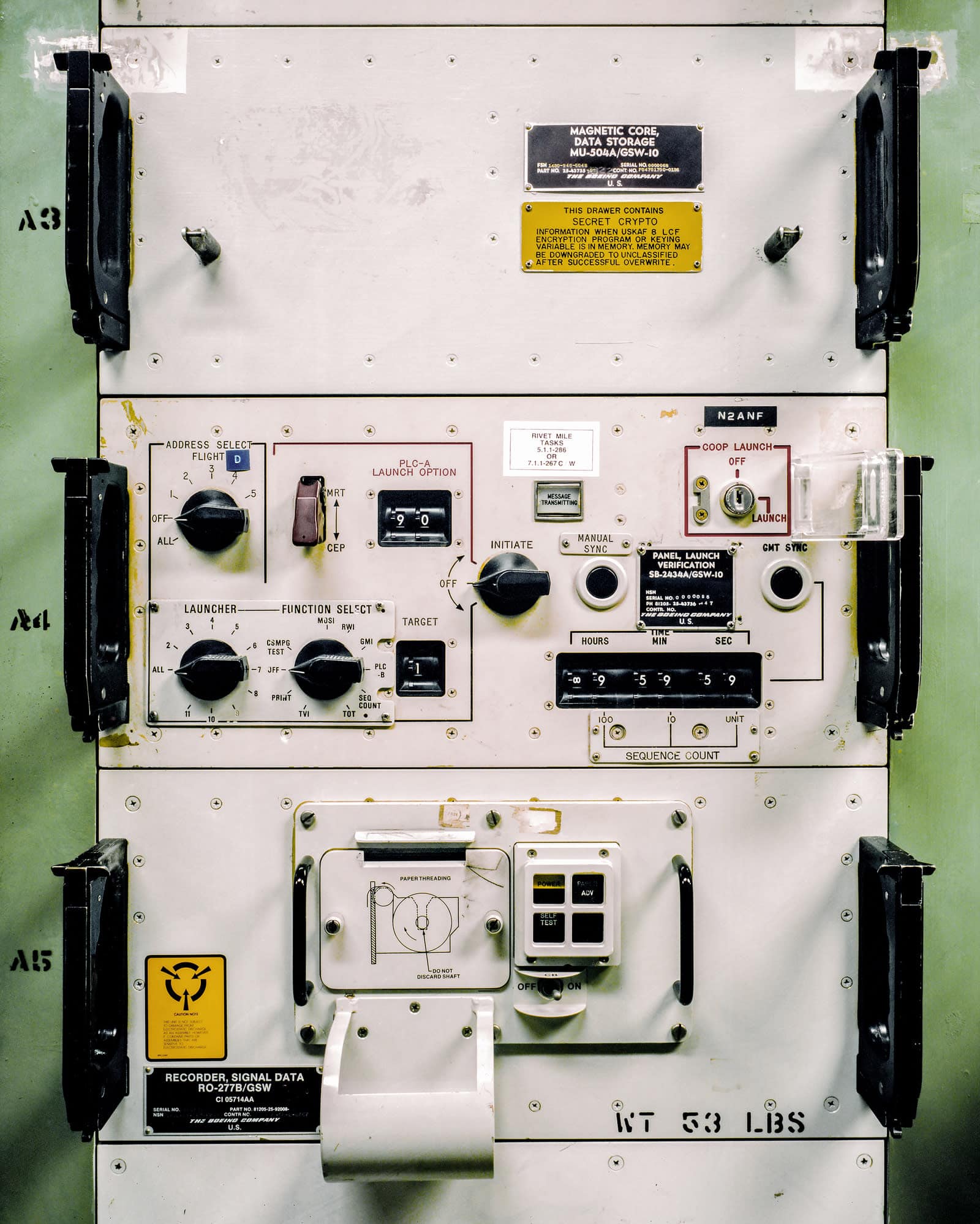

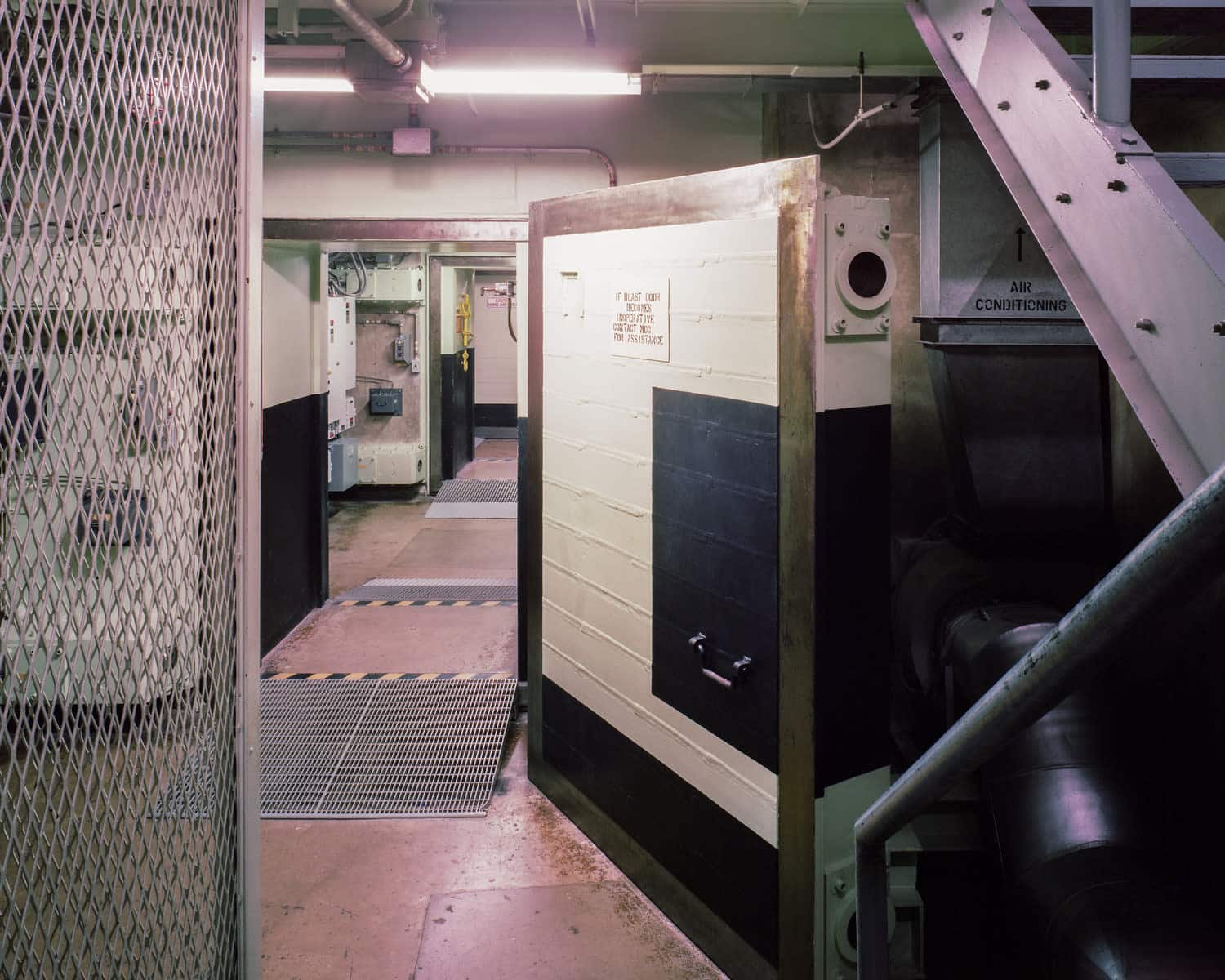

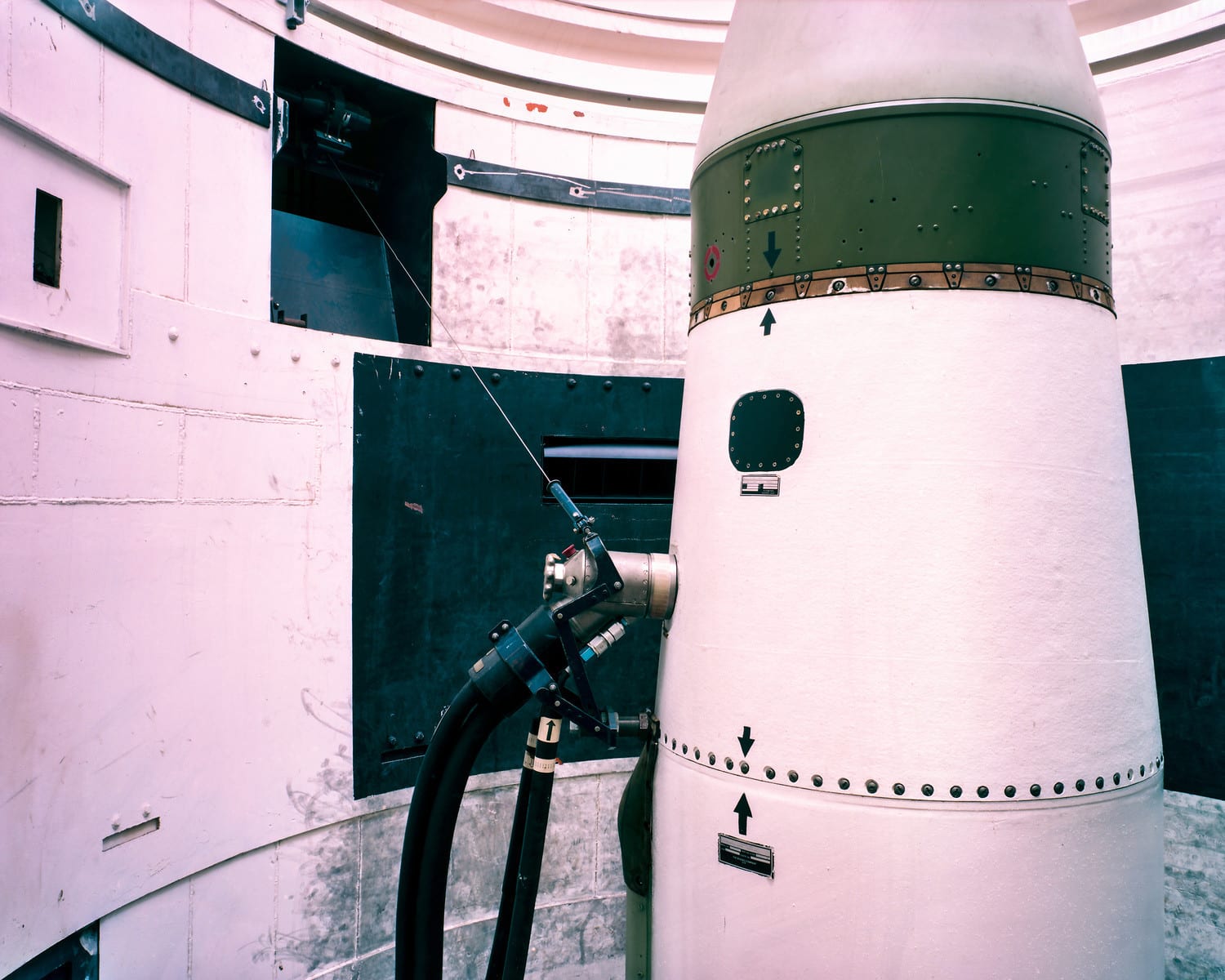

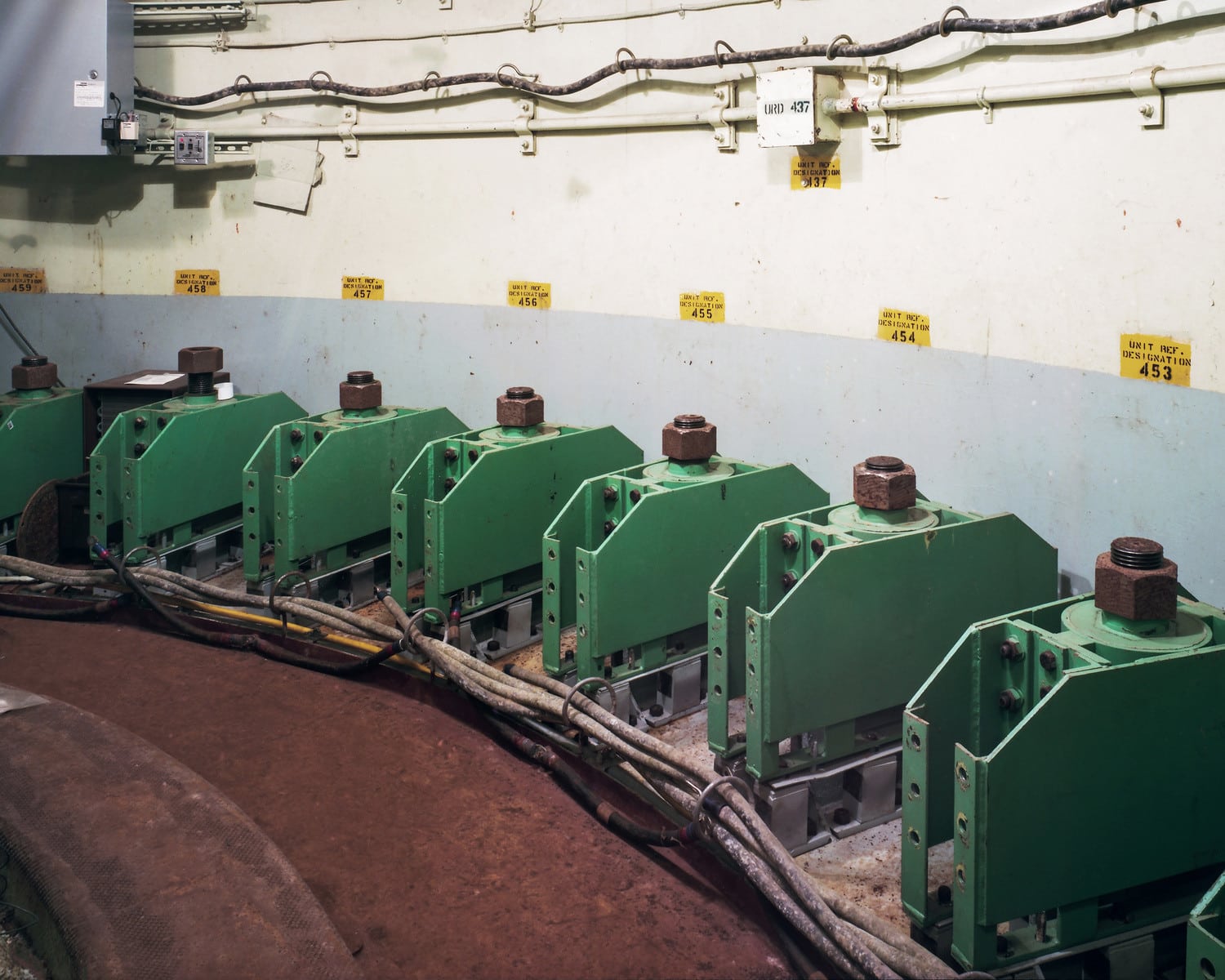
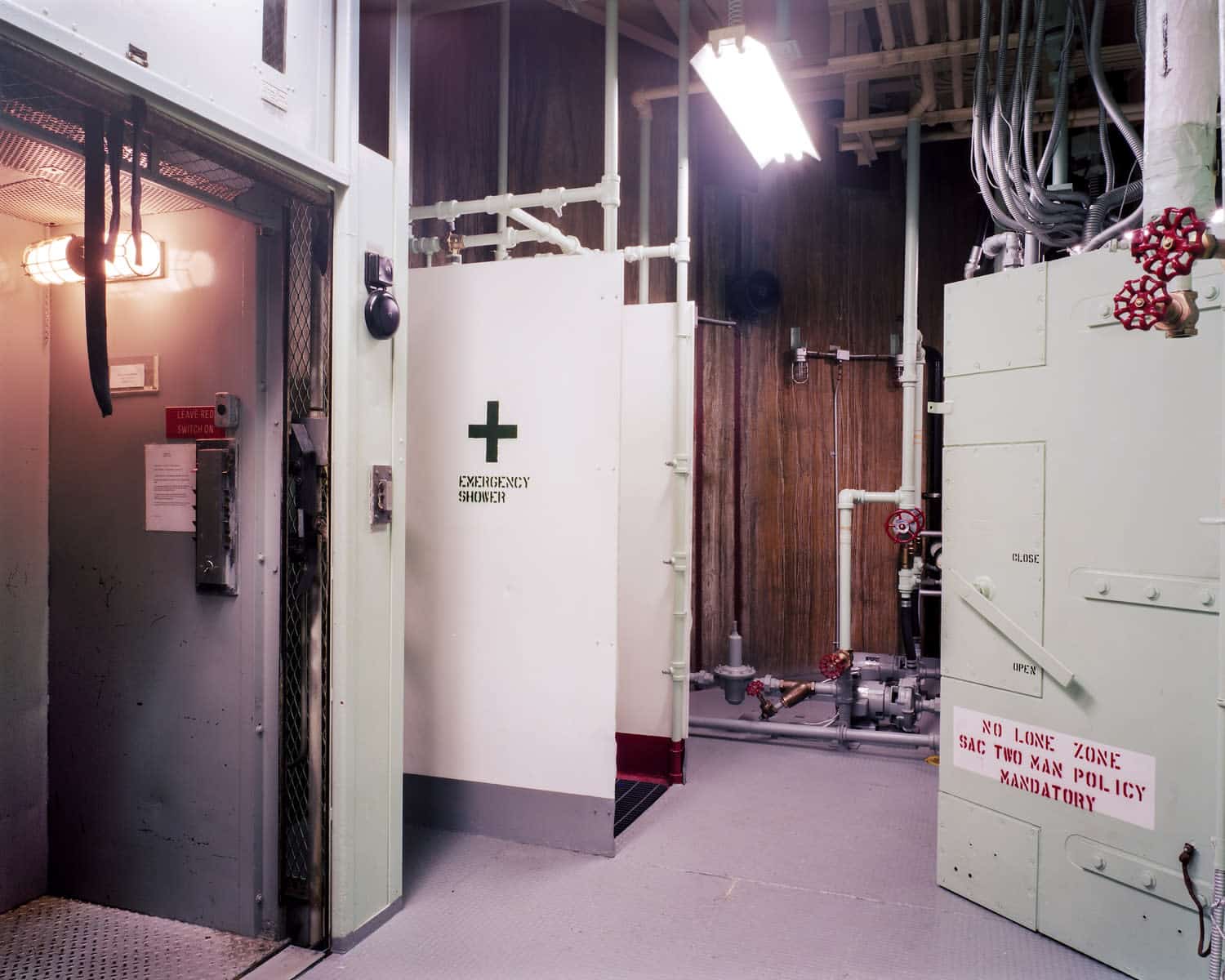
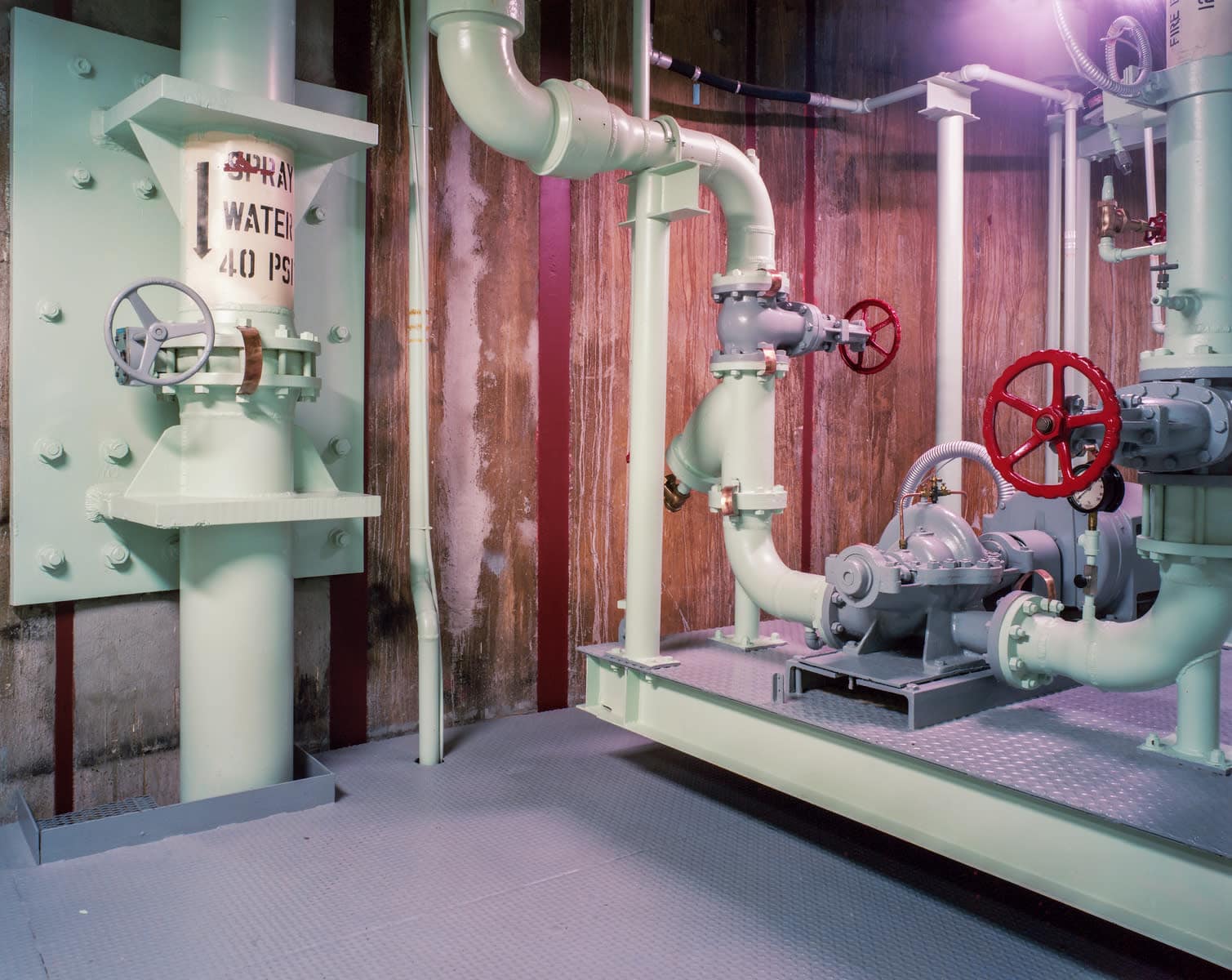



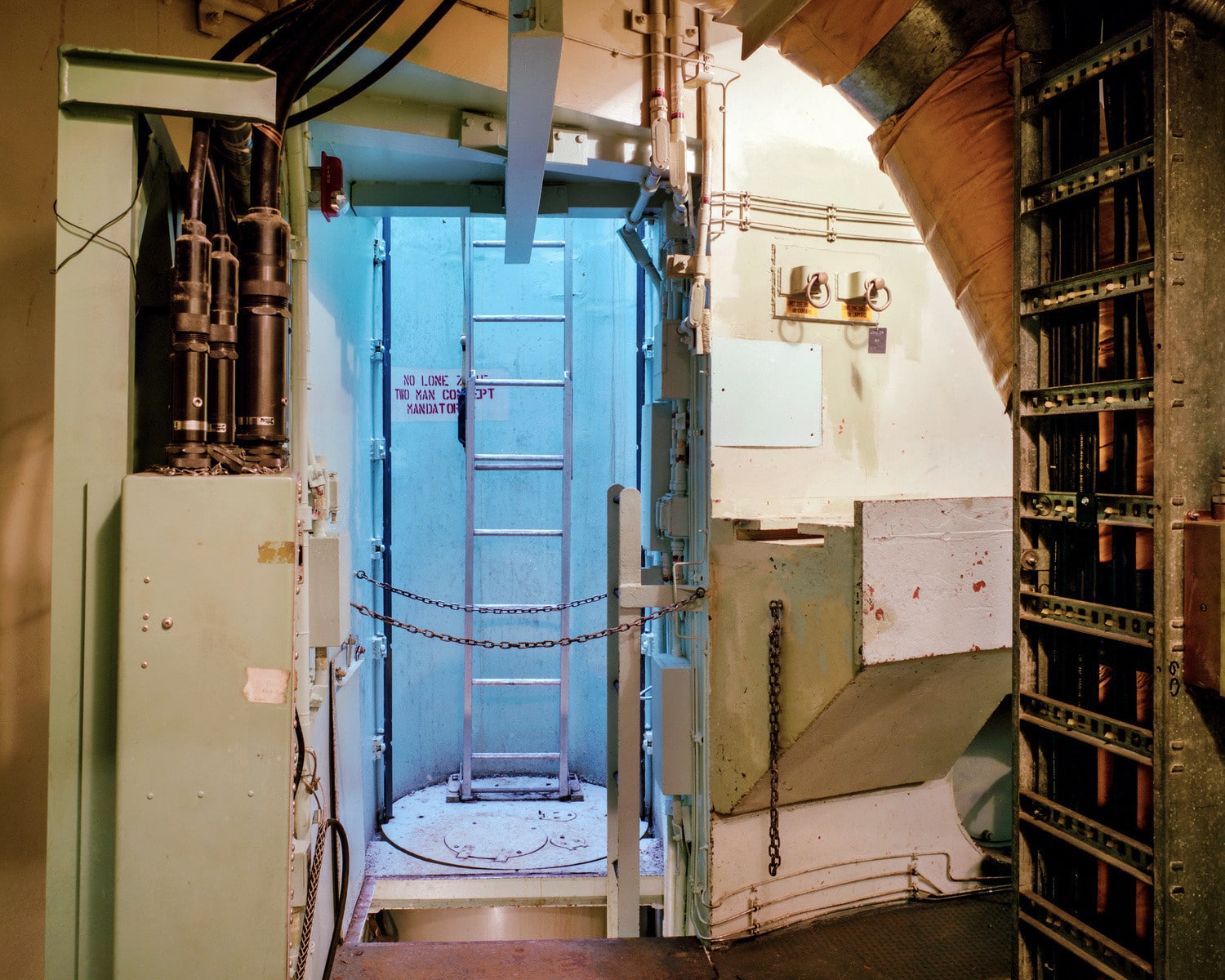
More photo series exploring unusual places:
In Tangjialing, einem chinesischen Dorf, das durch die Urbanisierung zerstört wurde
Fotografieren von Gesichtern, Religion und Erinnerung in San Salvador de Jujuy
Die Geister der verlassenen Garnfabrik in Kroatien













